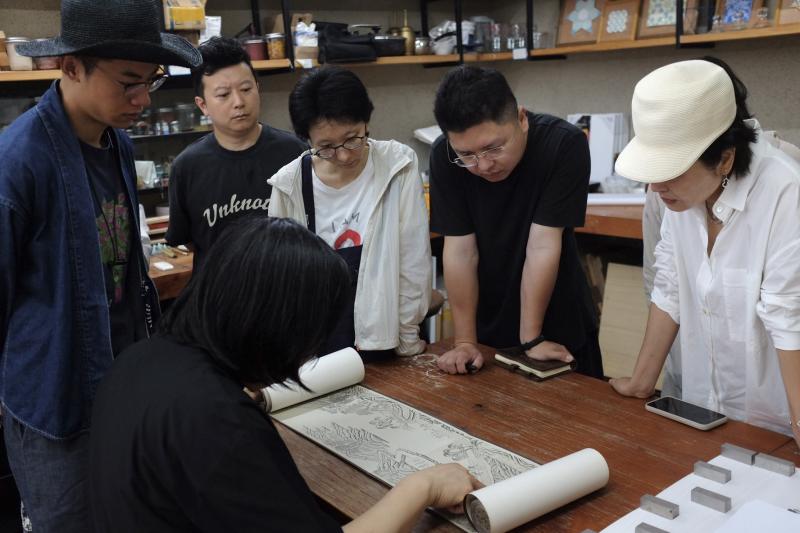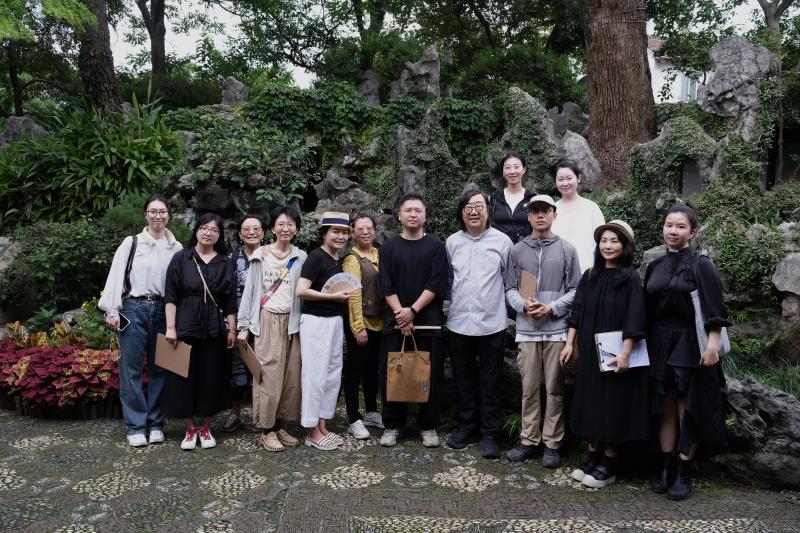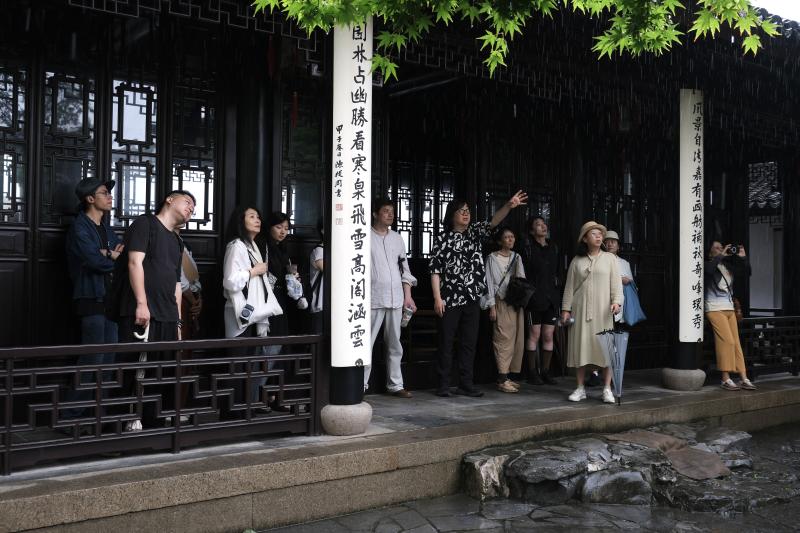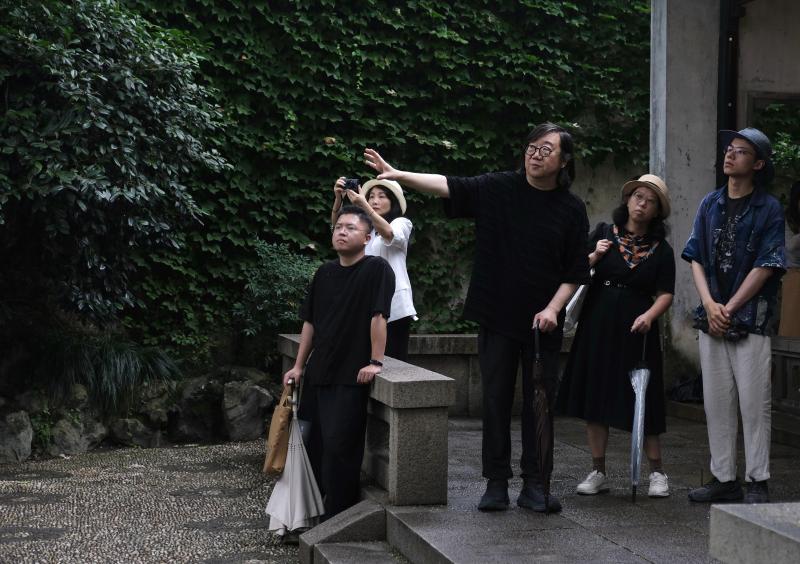2024 Academic Year Short Course Review 「Principles of Chinese Classical Garden」




Embracing the secluded mountains, nestled within the city.
As the summer heat commenced, the course “Construction of Paradise:Principles of Chinese Classical Garden ”,taught by Master Ye Fang, concluded successfully as part of the 2023-2024 preparatory and advanced studies at the China Center of the King’s Foundation School of Traditional Arts.
This course focused on garden design, guiding students to study traditional arts in a contemporary context.
The first week offers a philosophical overview of Chinese garden design, which teaches design principles from the perspective of the historical evolution of ideas and worldview.
The second week teaches the craft of garden design, which includes the methodology of garden construction, and the actual making of a garden model, in order to learn to grasp the artistic laws of the garden and its expressive skills.
In the bustling, summer city, seeking the tranquil elegance of a Peach Blossom Spring is a unique pleasure.
After two weeks of teaching, the dozen students mastered the skill of converting a two-dimensional design plan into a three-dimension model; this means the conversion of concept into drawing and again into actual construction on the ground. The practice of Chinese garden art includes the design of waterways, selection of flowers and plants, the planning and design of pavilions and interior design. The students thereby develop their own interpretations of the worldview and methodologies of the traditional Chinese garden.
The connoisseurship of Chinese garden culture develops in the student a taste of the aesthetic of the traditional scholar, which can then be applied to other forms of artistic design.
Hence, “Garden Construction and Principles” discusses both the nature of garden creation and the methodology, exploring the inheritance and development of traditional arts in contemporary society. This discussion extends to considering gardens as a lifestyle and attitude. The distinction between garden art and artistic gardens is explored: the former addresses using gardens as a method of creating art, while the latter considers gardens as a form of artistic expression, embodying both the reality and ideal of garden art.
The brilliance of the KFSTA courses lies in the integration and reflection of traditional Chinese and British arts. From “The Constitution of Shanshui Landscape and Geomancy” to "Construction of Paradise: Principles of Chinese Classical Garden", these courses in Chinese art attempt to find correspondence with the natural and scientific principles implicit in Western art, and this cross cultural comparison brings new insight to the natural laws inherent in Chinese art.
As an essential part of showcasing teaching outcomes, presentations and models are highly valued by both instructors and students. On one hand, students express their classroom and garden experiences, thoughts, and understandings through a combination of photography, reports, prints, collages, drawings, and writings, presenting their theoretical insights through visual and textual garden presentations. On the other hand, students demonstrate their learning, inspiration, and creativity by constructing miniature gardens with elements like walls, stones, trees, pavilions, ponds, and installations.
The KFSTA will select outstanding student works to participate in the “Annual Exhibition of Traditional Arts of the East and West” in Suzhou and the “Exhibition of Excellent Student Works” at the KFSTA in London, combining online and offline displays to showcase the brilliance of traditional arts from both cultures.
During the course, Johan Frederik Hartle, the rector of the Academy of Fine Arts Vienna, visited and delivered a brief yet splendid lecture. He highly praised the garden course setup and content, offering enthusiastic encouragement and valuable suggestions for the students’ presentations and model works.
Gardens, our Peach Blossom Spring, may their seeds be carried by the wind, blooming everywhere, bringing joy to all directions.
The gentle breeze and the bright moon are priceless; the nearby waters and distant mountains are full of affection.
